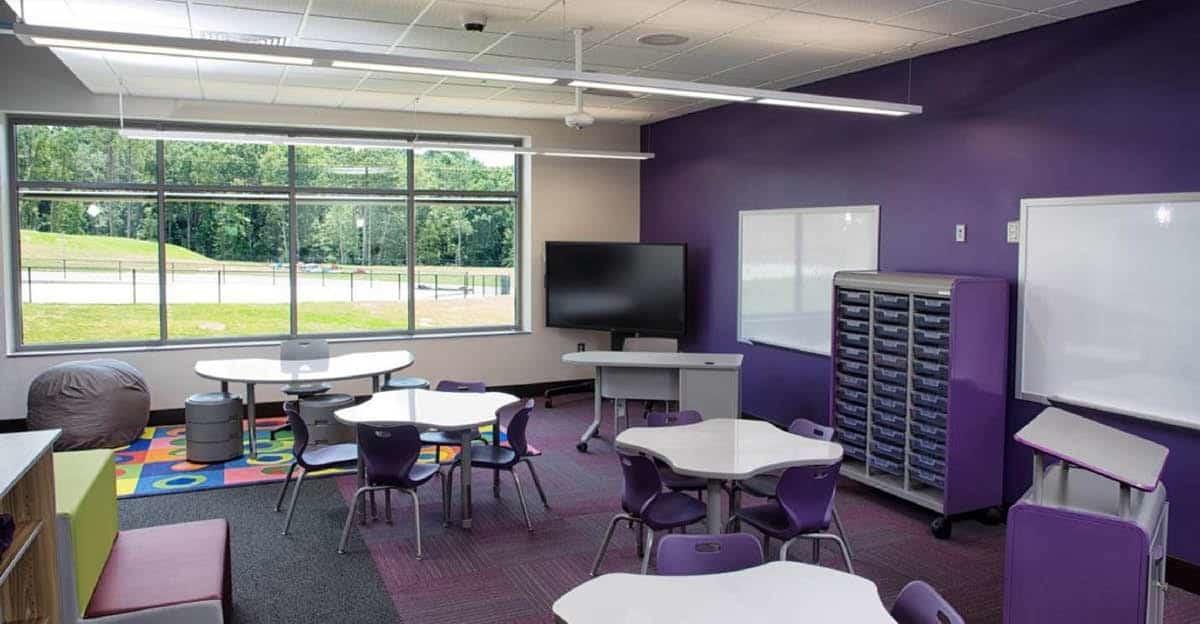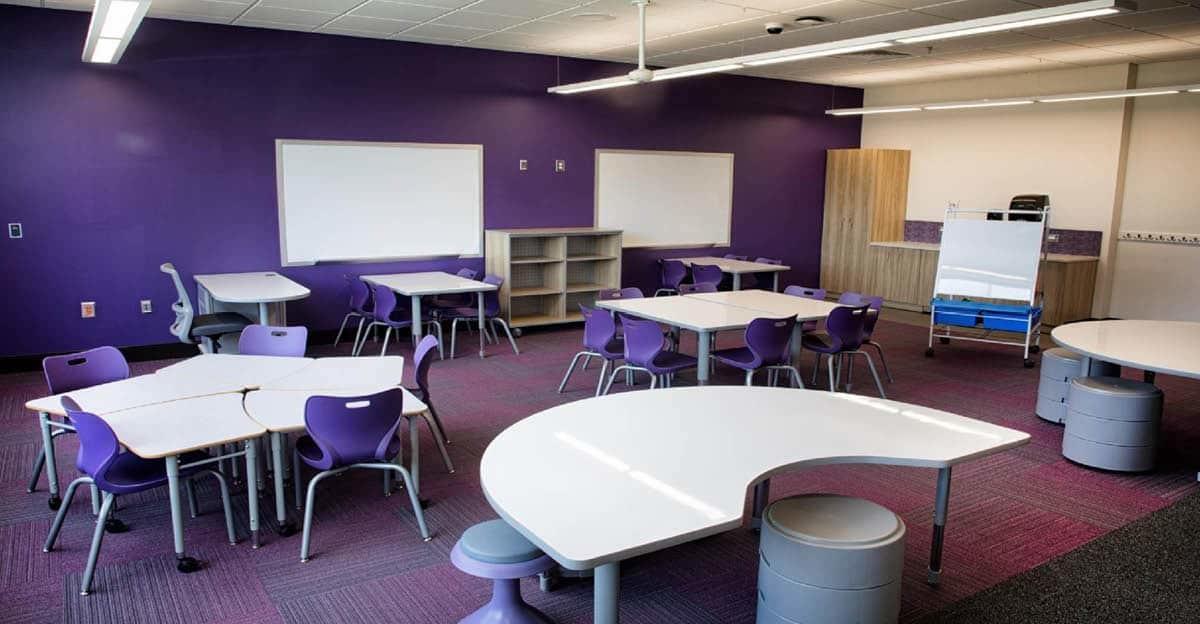When students are fully engaged and immersed in a learning task, they put greater effort into their learning—and get more back in return. Not surprisingly, there have been numerous research studies aiming to identify the “secret sauce” that leads to deeper engagement.
In a review of the research on student engagement, Taylor and Parsons (2011) equated engagement with a sense of belonging and an interest in learning. Depending on which study you focus on, they noted, anywhere from one-quarter to two-thirds of K-12 students may be disengaged from school.
5 Learning Environment Needs for Student Engagement
Taylor and Parsons identified five common needs for student engagement that were recurring factors in the studies they examined: interaction, exploration, relevancy, multimedia, and challenging instruction that takes an active and constructivist approach to learning.
While the quality and type of instruction that students receive is the most important factor in promoting or hindering student engagement, how the learning space is designed also matters. In fact, pedagogy and learning space design are closely interrelated, and the design of a learning space can have a big influence on the type of learning that occurs there.
Here’s a closer look at each of these five needs—and how the learning environment plays a vital role in each case.
Interaction
Positive, respectful relationships and frequent interaction between students, their teacher, and their peers have been shown to improve student engagement. “Today’s learners want to connect and communicate constantly and want an environment to support these connections,” Taylor and Parsons wrote.
What does this mean for learning space design? Designing classrooms with clear walkways is important, so that teachers can easily circulate around the room and listen to students or work with them one-on-one or in small groups. Students also should be given plenty of opportunities to work with each other, such as by using moveable furniture that can easily be arranged into flexible groupings as needed to support collaborative learning.

Exploration
“Classroom practices reported to engage learners are predominantly inquiry-based, problem-based, and exploratory,” Taylor and Parsons wrote. “Today’s learners ask for the opportunity to explore and to find solutions and answers for themselves.”
While this desire has important implications for lesson design, the right configuration of the learning space can promote and support an inquiry-based approach to learning. For instance, a teacher-centric configuration in which desks and tables are arranged in rows facing the front of the room discourages students from asking questions, discovering, and solving problems on their own. On the other hand, a learning space that is designed for students to move around, explore, and collaborate with their peers facilitates student inquiry.
Relevancy
“Today’s learners ask that their learning apply to real-life scenarios whenever possible, as opposed to being theoretical and text-based,” Taylor and Parsons wrote. “Working with authentic problems or community issues engages students and builds a sense of purpose to the learning experience.”
Having students solve authentic problems not only engages them more deeply; it also prepares them for future careers. Just as the problems that students work on should resemble the ones they’re likely to encounter in the real world, the learning environment should mirror the workplaces they’re likely to experience when they graduate, with flexible seating arrangements and open spaces where students can gather in small groups to work out their ideas—complete with whiteboards and other tools to support ideation and collaboration.
Multimedia
“Technology helps students interact globally with people and events,” Taylor and Parsons wrote. It connects students with high-quality content and subject-matter experts and is “a tool for engaged learning.” Technology is also an essential tool for supporting student inquiry, helping students take ownership of their learning.
Learning environments should be equipped not only with digital devices and projectors, but also readily accessible power outlets, ports, and interactive displays. For instance, students should be able to charge their devices as needed, so learning can continue uninterrupted.

Engaging and Challenging Instruction
“According to the research, we need to change how we teach as well as what we teach if we are to engage learners, moving from didactic to constructivist pedagogy,” the researchers wrote. “Students want more autonomy to engage in and design their own learning.”
In other words, students want to learn in a more active, hands-on, and participatory fashion, in which they are co-creating knowledge. They also want more agency over how they learn, with the freedom to choose how they’ll demonstrate their understanding.
To support this type of instruction, learning spaces should be flexible and adaptable enough to accommodate a wide range of activities. For instance, a classroom might be set up with various “learning zones” for students to engage in different pursuits. Or, it could be equipped with moveable furniture to create agile spaces for completing a variety of tasks.






Leave a Reply